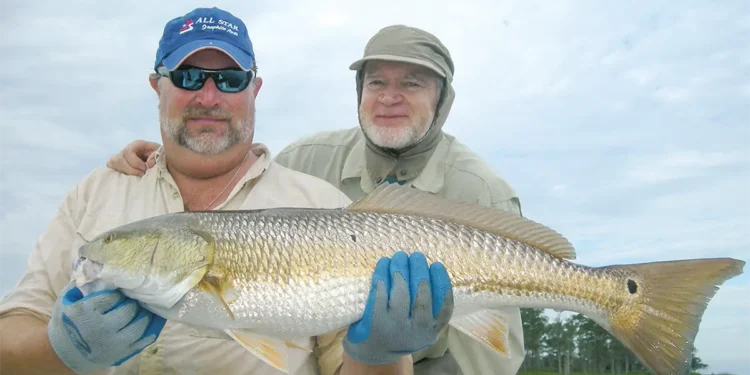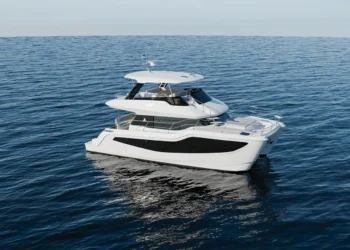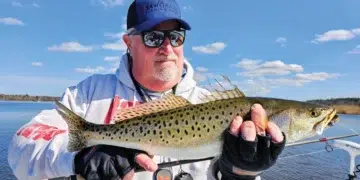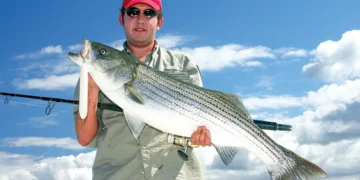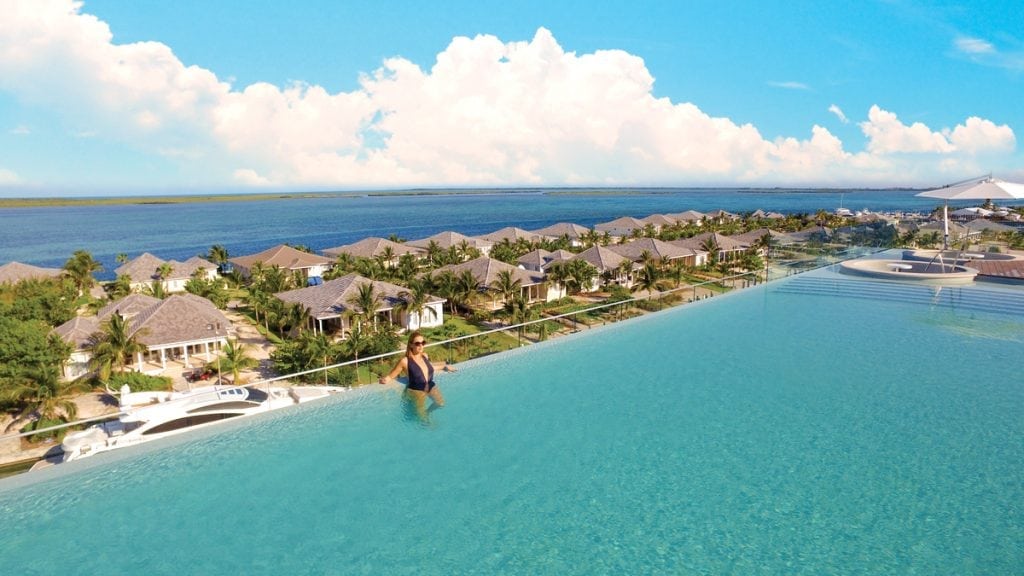Don’t wait until it’s too late for a good catch.
Pulling up to a slight shoal on Long Island Sound just east of Mattituck Inlet on the New York side some years back, I was pleased to see only one other boat working a gentle rip where I often scored weakfish, especially since I was a little late getting on the water. With a flip of the wrist, I quickly sent a small white lead head tipped with a white curly tailed grub to the bottom and began to jig it gently. Not five minutes later, I was into a solid, 24-inch, beautifully freckled weakfish—a great start for any day.
Also Read
A Quick Preview Inside the Aquila 46 Yacht: Beam, Layouts, And More
Aquila 46 Yacht Quick Facts Model: Aquila 46 Yacht (new for 2025)Design DNA: “Explorer” aesthetic from the Aquila 50 YachtCertification:...
A second short drift over the same spot quickly produced an identical yellowfin, but then the action abruptly stopped. Ninety minutes more of probing the slight slope produced a sea robin, small scup, and an ugly oyster toadfish as the outgoing current eased to slack. I had missed my weakfish window.
“There’s a reason they call them ‘tiderunners,’” said an older gentleman back at the dock as I expressed frustration in my quick start but slow finish.
“Those fish like daybreak best, especially when the tide is slowing. Too bad you didn’t get out at sunrise. I had six before seven AM. Now you know for next time,” he said with a wry grin.
Subscribe Here For More Boating Content
Looking back, the problem wasn’t so much that I missed the tide and early morning soft light that can combine to trigger feeding sprees. No, I had just been lazy. I was already well-aware that weakfish, and most other predator species, have sweet spots in their feeding schedules. I simply didn’t make the effort to be on time.
In hindsight, I had several chances to correct the situation, make up some time, and ensure I caught more of the bite than I missed that day. For starters, I gave myself a half-hour break on the morning alarm. Also, I had known the day before that I would be heading out, so I could have gone to the tackle shop and stocked up on grubs and a couple of sharp, new lead heads. Instead, I waited until the nearest tackle shop opened at 0600 and spent 15 minutes chatting with the crew under the guise of gathering fishing reports, even though I already knew where I was headed.
Stopping en route to the ramp to grab an egg sandwich at a local deli put me back another 15 minutes. It was only then that I realized my car was running on fumes. Fortunately, there was a gas station open nearby, but that took another 10 minutes.
Also Read:
Increased Cruising Permit Fees – Bahamas’ New Rules Take Effect July 1
Updated July 31, 2025. If the Bahamas is on your cruising itinerary, pay attention: Starting July 1, 2025,...
Working backward, I could have also loaded my truck or, even better, my boat, with all my gear the night before instead of catching every inning of a ball game on the television. Just grabbing my tackle and piling it randomly into the back of my truck in a frantic attempt to hurry my pace didn’t help either.
“Where did all the time go?” I wondered. Well, adding it all up, I wasted more than one-and-a-half hours that morning which could have been spent at the height of the bite. That may not seem like much, but when you consider that’s probably how long a serious bite lasts for most game fish or even bottom species, it can make all the difference in the world.
It’s been decades since that day, and I still get out a little late sometimes, but not often—and pretty much never if I know a good tide is lining up with fair weather, sunrise or sunset. Last summer, however, I did find myself slacking off a bit, and I paid the price a couple of times. So I’m reminding myself right now—and you, too—to keep in mind as this season gets rolling that every minute on the water for anglers is precious, but rarely more so then when the fish are truly in a feeding mood.
-by Tom Schlichter


